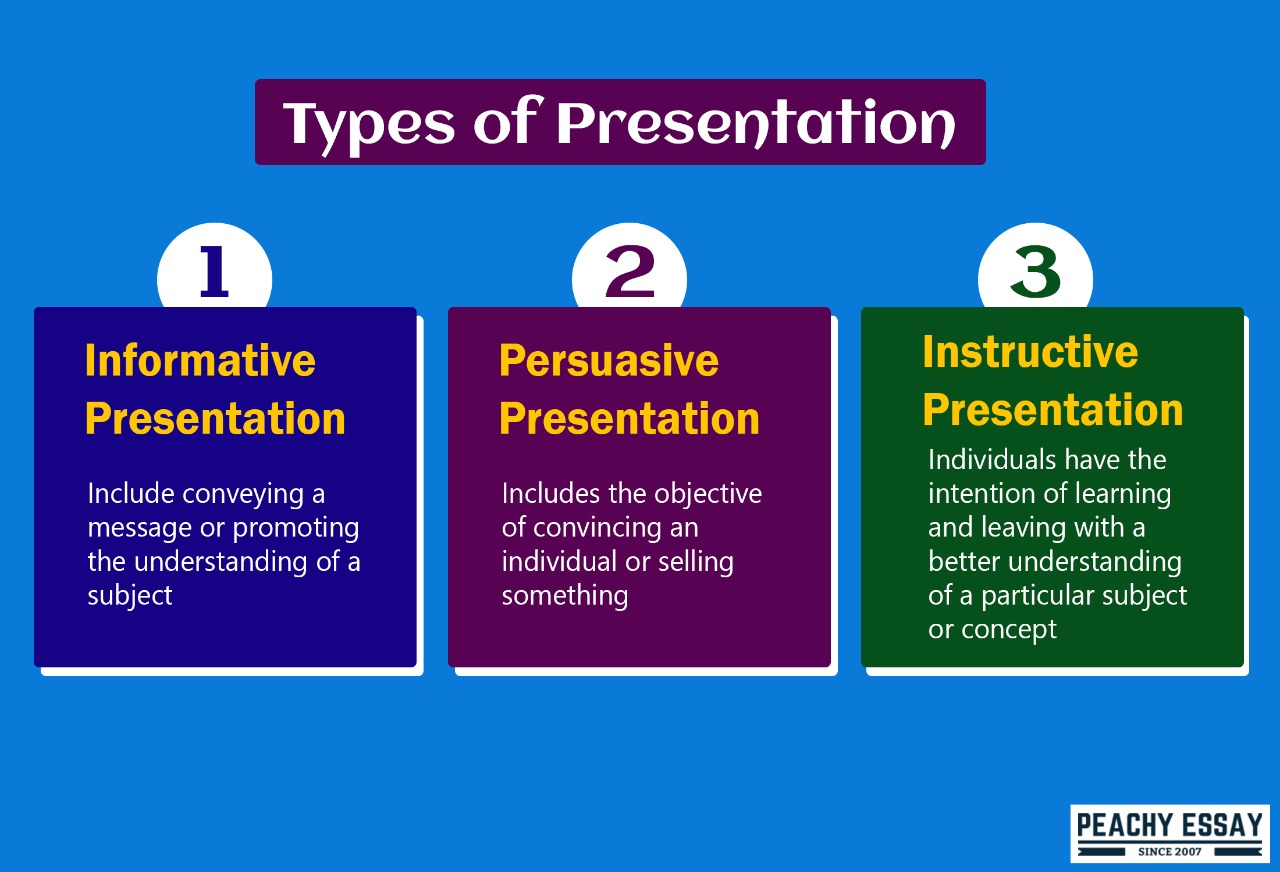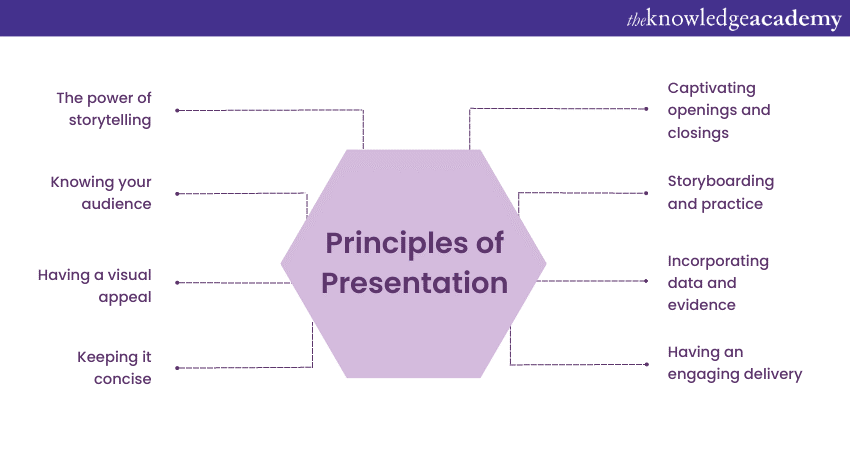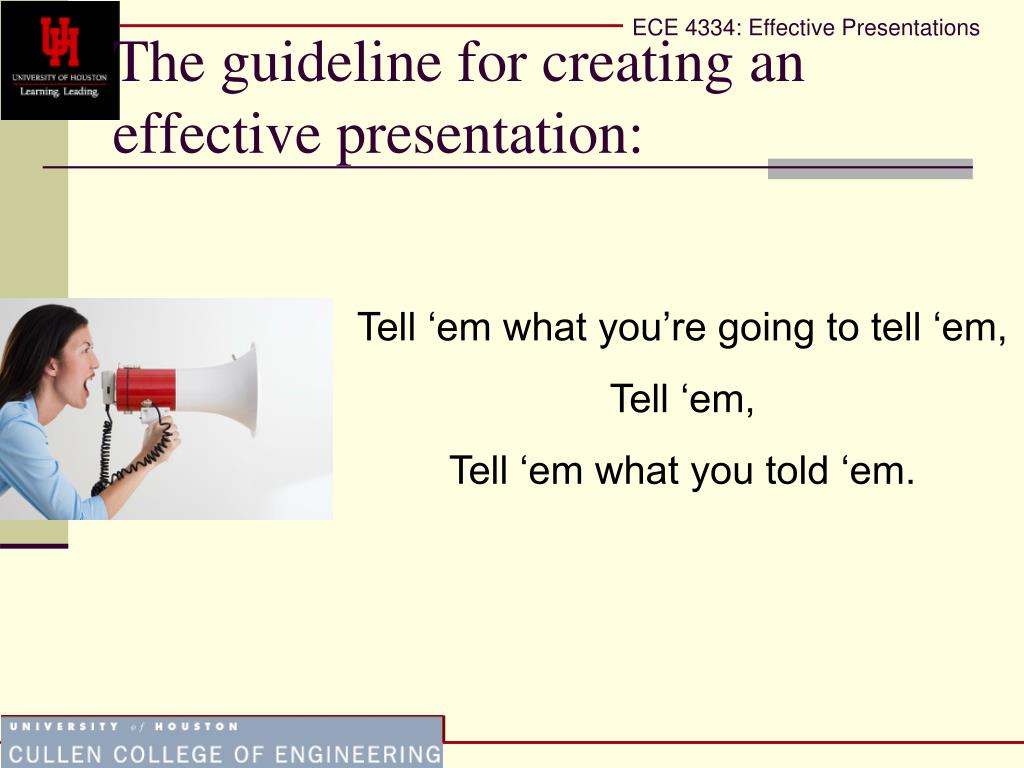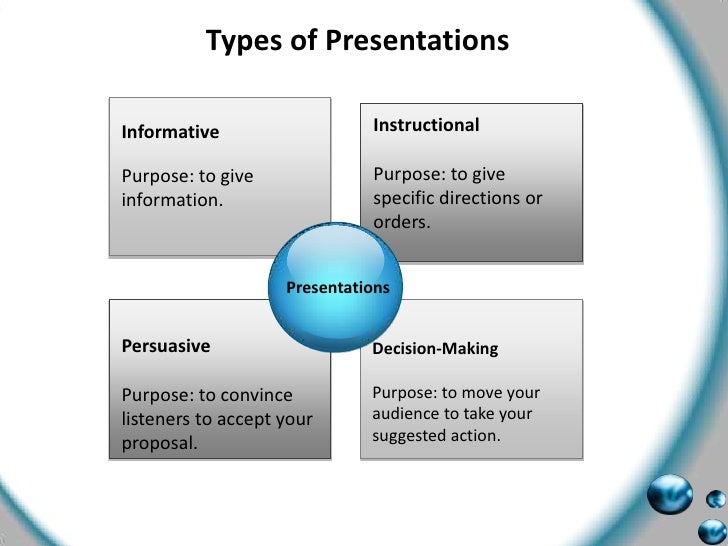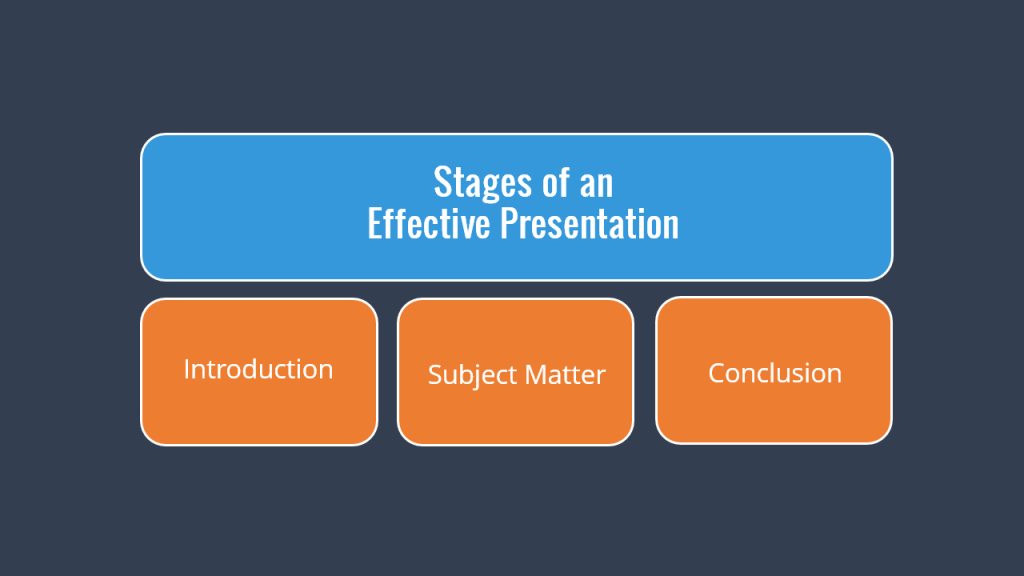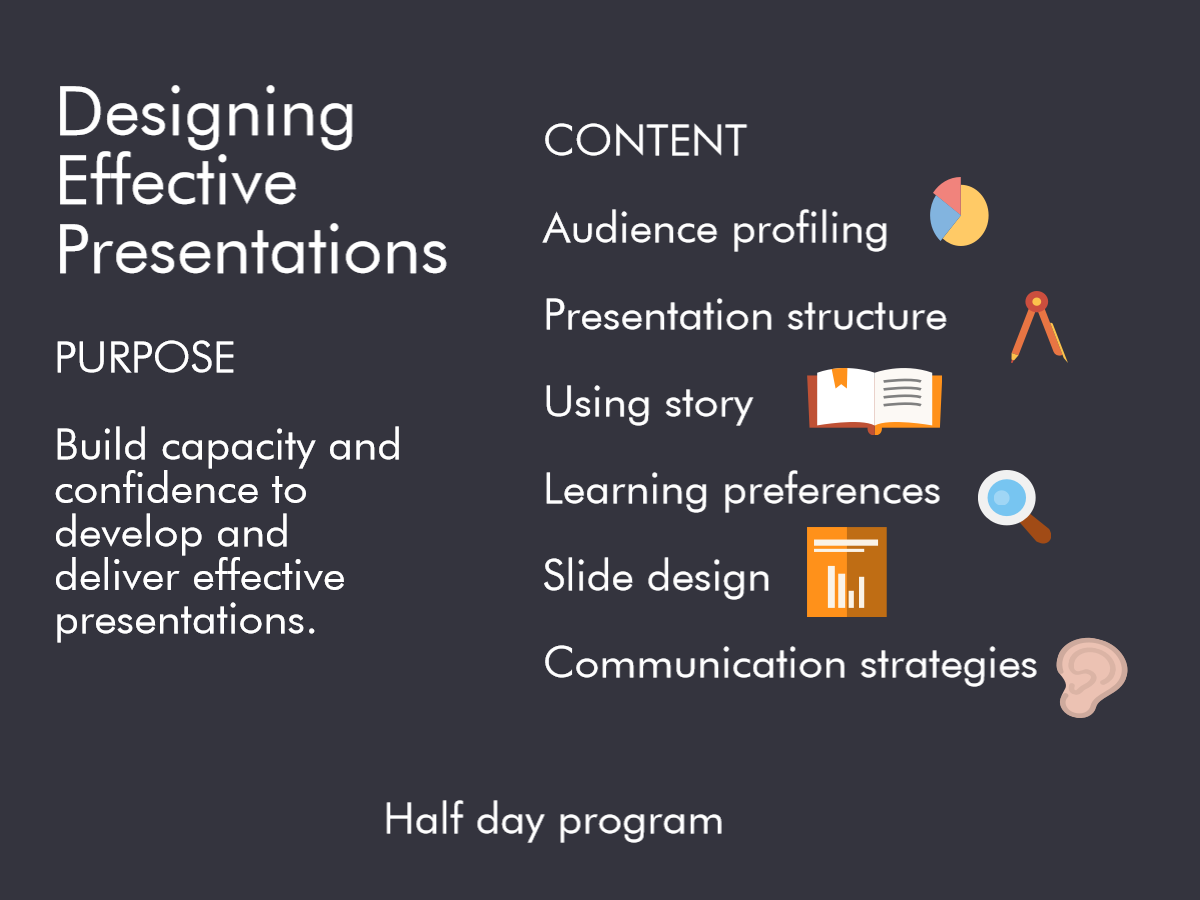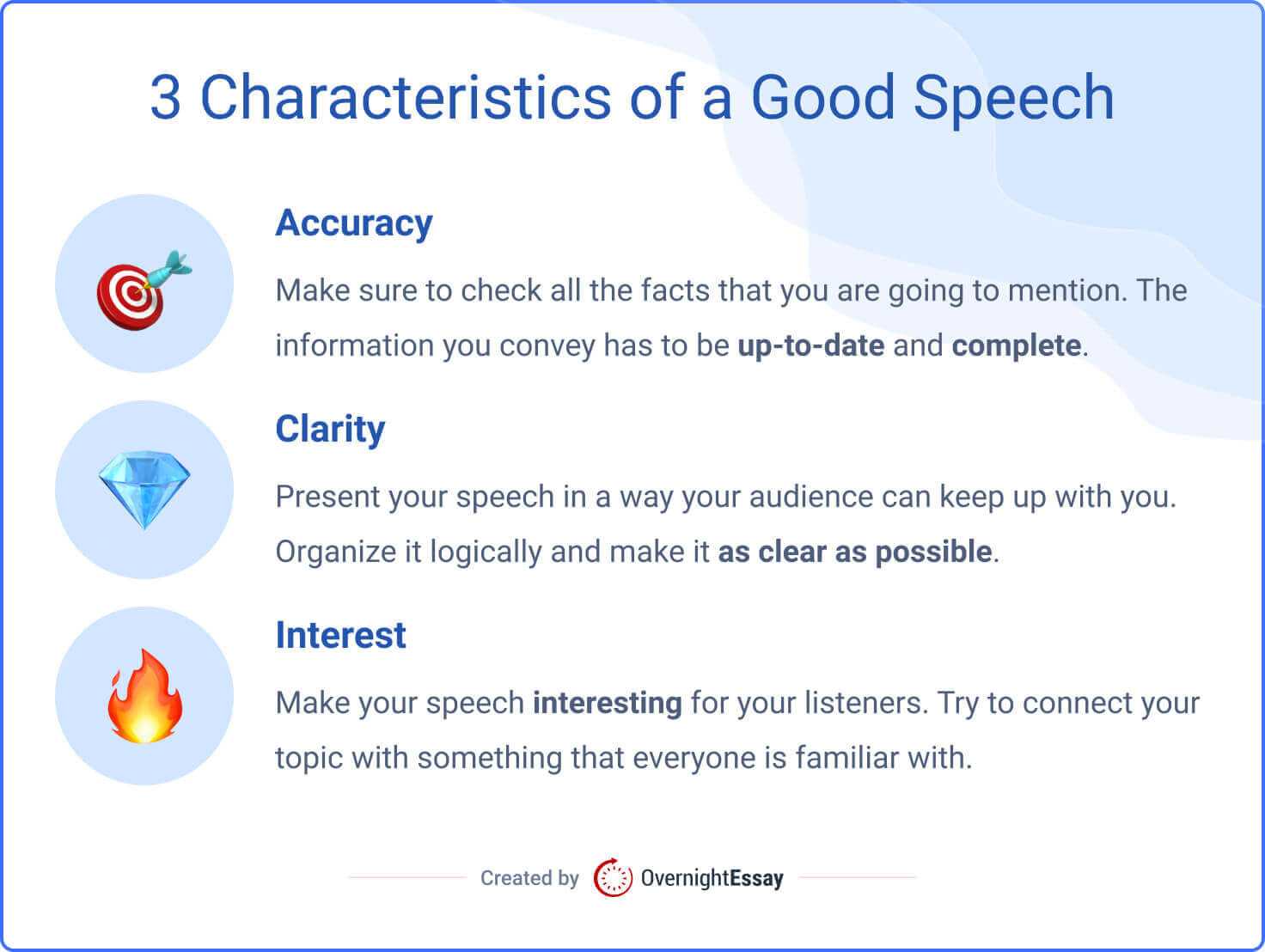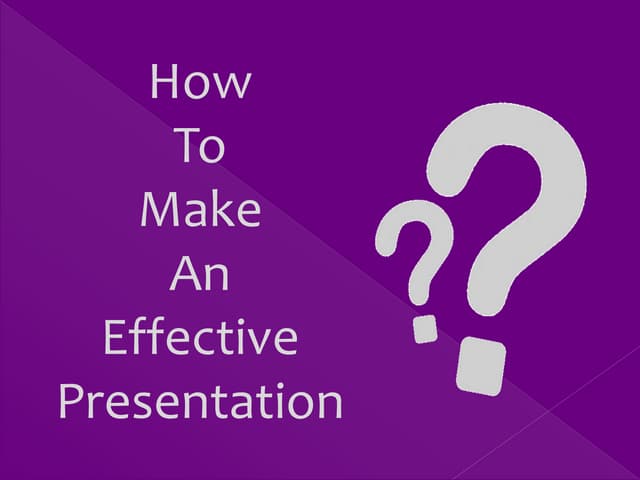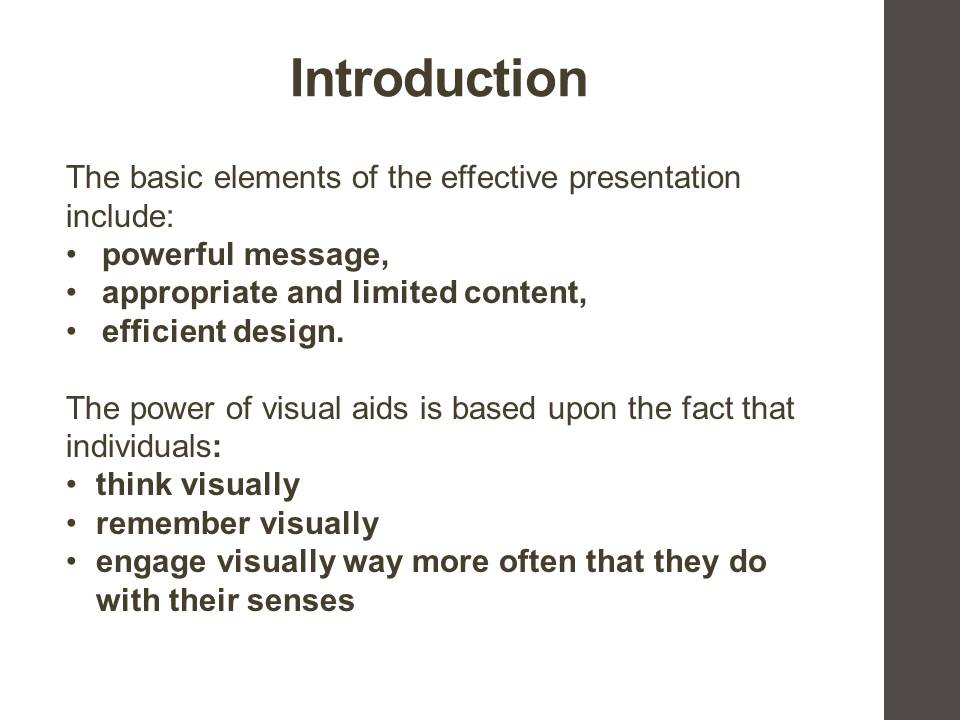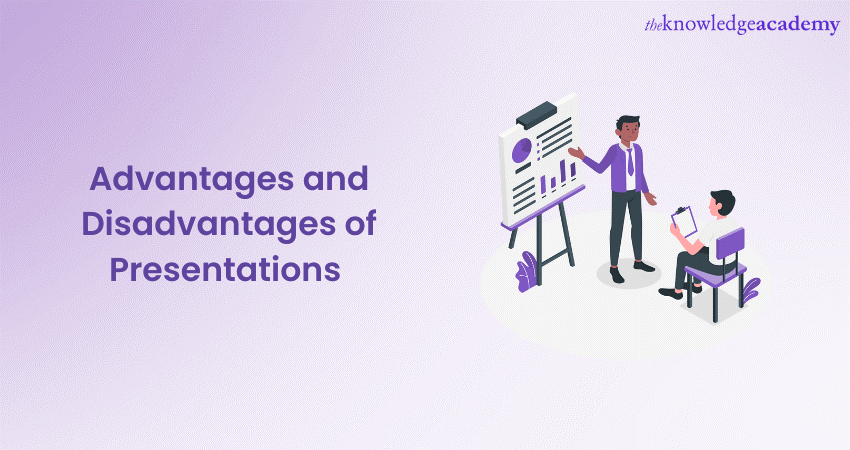Which Of The Following Are Characteristics Of An Effective Presentation
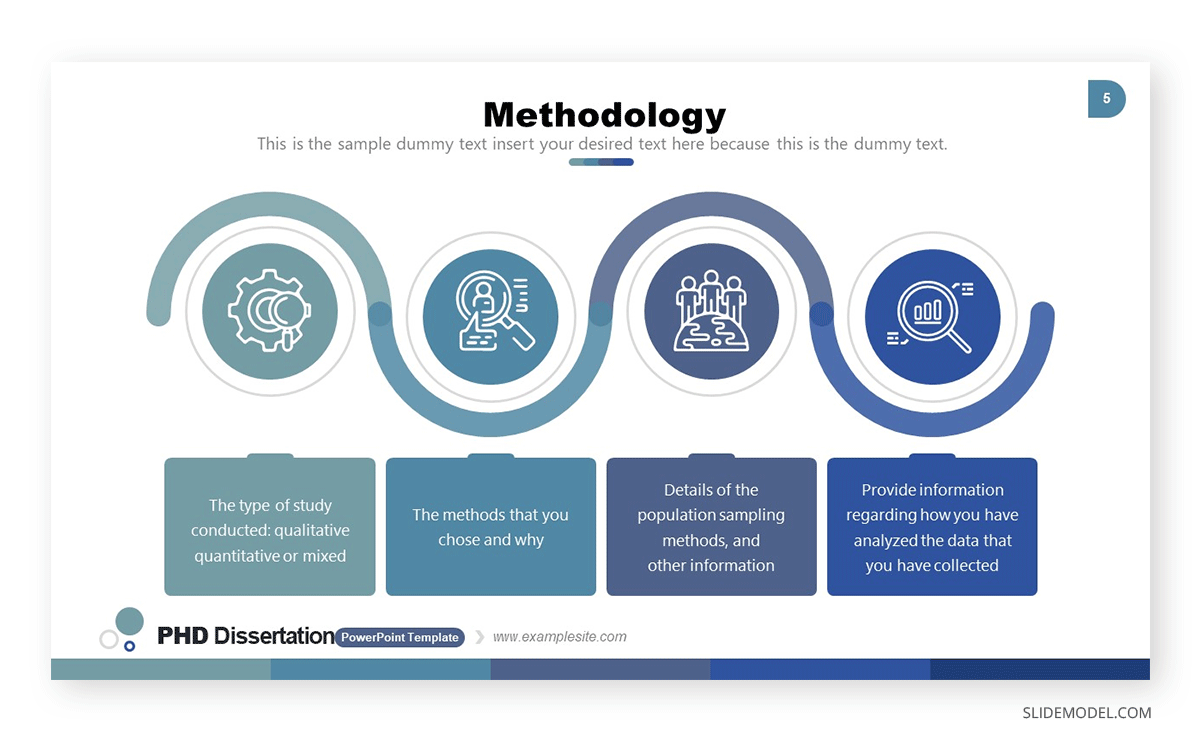
In today's fast-paced world, where information bombards us from every angle, the ability to deliver an effective presentation is more critical than ever. From boardrooms to classrooms, the power to captivate an audience, convey complex ideas with clarity, and ultimately, persuade action, hinges on a specific set of well-defined characteristics.
This article delves into the core attributes that define an impactful presentation, drawing on research and expert insights. We aim to identify key elements that separate presentations that resonate from those that fall flat, equipping readers with the knowledge to enhance their communication skills.
Defining Effective Presentation Characteristics
At its heart, an effective presentation is more than just a collection of slides and spoken words. It's a carefully crafted narrative designed to engage, inform, and inspire.
Several core components contribute to this effectiveness, including clear messaging, engaging delivery, and strong visual aids. Each of these elements plays a crucial role in ensuring the audience not only understands but also remembers and acts upon the information presented.
Clarity of Message: The Foundation of Understanding
Perhaps the most crucial element of any presentation is a clear and concise message. An audience cannot be expected to grasp vague or convoluted concepts.
According to a study by Harvard Business Review, audiences retain information far more effectively when it is presented in a structured and easily digestible format. This means focusing on a few key takeaways and supporting them with relevant data and anecdotes.
A well-defined objective, articulated at the beginning, serves as a roadmap for both the presenter and the audience. This ensures everyone is aligned and understands the purpose of the presentation.
Engaging Delivery: Capturing and Maintaining Attention
Even the most brilliant content can be lost if the delivery is lackluster. Engaging delivery involves more than simply reading from slides.
It incorporates factors such as confident body language, varied vocal tone, and genuine enthusiasm. Storytelling is a powerful tool for engaging audiences, making complex topics relatable and memorable.
Psychology Today emphasizes the importance of emotional connection in communication. By tapping into the emotions of the audience, presenters can create a more profound and lasting impact.
Visual Aids: Enhancing Comprehension and Retention
Visual aids, such as slides, charts, and images, are powerful tools for reinforcing key messages and maintaining audience interest. However, they must be used strategically.
Overcrowded slides filled with text can be overwhelming and counterproductive. Instead, visuals should be simple, clean, and relevant to the topic being discussed. High-quality images and graphics can enhance understanding and create a more visually appealing experience.
Data visualizations, such as charts and graphs, should be clear and easy to interpret. Avoiding overly complex or misleading visualizations is crucial for maintaining credibility.
Audience Awareness: Tailoring the Message
An effective presentation is tailored to the specific audience being addressed. Understanding their background, knowledge level, and interests is essential for crafting a relevant and engaging message.
A presentation geared towards experts in a field will differ significantly from one aimed at a general audience. Researching the audience beforehand can help presenters tailor their language, examples, and level of detail accordingly.
Feedback from the audience, either during or after the presentation, can provide valuable insights for future improvement. Being receptive to feedback and willing to adapt is a hallmark of an effective communicator.
Structure and Organization: Guiding the Listener
A well-structured presentation follows a logical flow, making it easy for the audience to follow along. This typically involves an introduction, body, and conclusion.
The introduction should capture the audience's attention and clearly state the purpose of the presentation. The body should present the main points in a clear and concise manner, supported by evidence and examples.
The conclusion should summarize the key takeaways and provide a call to action.
"Tell them what you're going to tell them, tell them, and then tell them what you told them."This old adage still holds true for effective presentation structure.
The Role of Practice and Preparation
No matter how well-designed a presentation may be, it will fall short without adequate practice and preparation. Rehearsing the presentation multiple times can help the presenter become more comfortable with the material and identify areas that need improvement.
Practicing in front of a mirror or recording oneself can provide valuable feedback on body language and vocal delivery. Preparing for potential questions from the audience is also essential for maintaining credibility and confidence.
Anticipating potential technical difficulties and having backup plans in place can prevent disruptions and maintain a professional image.
Looking Ahead: The Evolution of Presentation Skills
As technology continues to evolve, so too will the art of effective presentation. Virtual presentations and webinars are becoming increasingly common, requiring presenters to adapt their skills to a digital environment.
The ability to engage audiences remotely, using tools such as interactive polls and chat features, will become even more important. The rise of AI may also lead to new tools and techniques for creating and delivering presentations.
Ultimately, the core principles of effective communication will remain the same: clarity, engagement, and audience awareness. By mastering these principles, individuals can enhance their ability to connect with others and achieve their communication goals.

